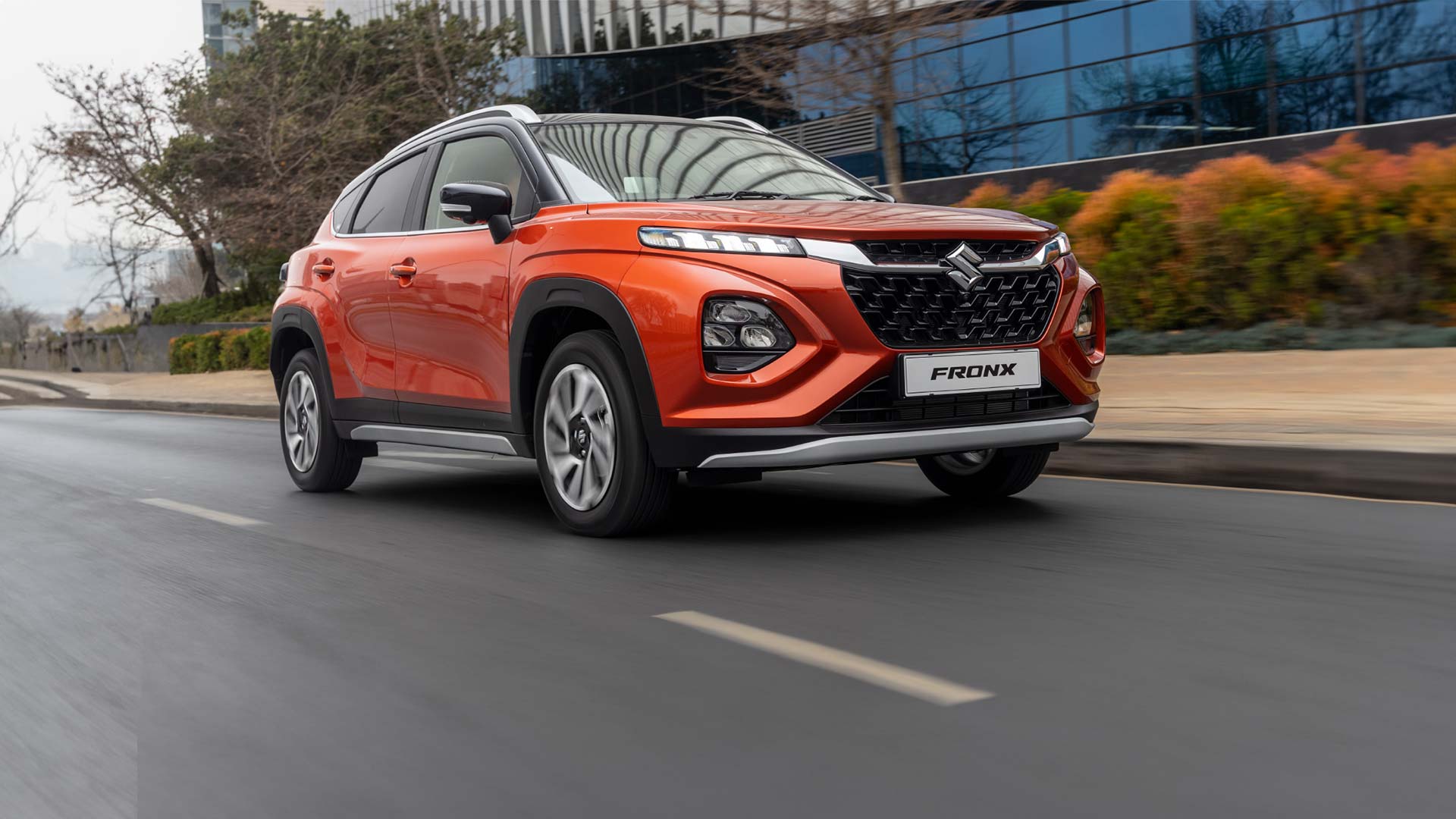Being a decisive driver is not the same as being an aggressive driver. Knowing the difference and training yourself to be a more decisive driver will keep you safer on the road.
Anyone who owns a car or drives regularly should often remind themselves that getting behind the wheel of a car is a responsibility. Every time you are out on the road you are making decisions that will either get you to your destination safely or not. And we forget because we’re listening to music, thinking about our day, or in the case of nervous drivers, thinking about everything that can go wrong.
Decisive driving is almost a state of mind that you can train yourself to adopt whenever you drive. By training yourself to adopt the following habits you can increase your safety on the road.
1. Care
Taking care of your vehicle, and accepting a level of care for other road users and yourself will help you be a more responsible and decisive driver. Young drivers, especially, can benefit from this mindset as it helps create excellent driving habits.
Drivers with no regard for their own vehicle or other road users are dangerous, so developing a level of care and respect means you will automatically make more rational decisions on the road. Instead of zig-zagging when you’re in a rush, take the time to ‘read the traffic’ - notice what is happening up ahead - this will allow you to move into the most suitable lane.
This may sound a little ‘esoteric’ for driving advice, but if you’re the kind of driver who gets worked up about traffic, it’s worth a shot. Pay more attention to the entire traffic situation than just the vehicle in front of you, and you’ll probably find that you end up with a smoother and quicker drive simply by caring enough to pay attention to the bigger traffic ‘picture’ than just your own bubble of frustration. We all do it! And this method certainly helps.
2. Courtesy
Oh, we know this can be difficult! But practising courtesy on the road actually serves your own interests as it really does lower frustration and lead to a smoother and even quicker drive.
Think of this example: when lanes merge, there is often frustration and ‘sneaky’ drivers going to the front and pushing in. Whichever type of driver you are, the situation is frustrating on both sides. Practising a bit of common courtesy, however (every vehicle lets in one other vehicle), will make the entire process much faster than the chaos, swearing and ‘revenge blocking’ that we tend to resort to.
And here’s the thing: courtesy is catching - really. If you practice common courtesy and let in one driver, the odds are that the other driver will do the same. It won’t result in an instantly perfect scenario, but nine out of ten times it will result in a smoother merge for most involved, which means everyone gets to move on.
Blocking other road users is somewhat of a national sport, but if just 20% of road users started practising basic courtesy and manners, it will make things smoother on the road. This is very much a point where we encourage you to be a leader and not a follower - be the rebel with manners! This all loops back to being a safer and more decisive driver as practising courtesy will keep you calm, alert and help you avoid any incidents.
If, for example, a bunch of vehicles are stuck behind a truck, be the one who lets them into the flowing lane (Only when it is safe to do so). Doing this lowers the risk of someone taking a chance and swerving out in front of you. Courtesy on the road is about keeping yourself safe.
Our tip: If you are in the fast lane and a vehicle comes up behind you, move out of the way, even if you are driving at the speed limit. It’s not your job to control the speed of others, it’s your job to keep yourself and your vehicle safe.
3. Concentration
Concentration is the most crucial driving habit to develop, and both of the above-mentioned points rely on driver concentration. Driving concentration does not have to equal ‘boring drive’.You can train yourself to stay alert and focused while still having the music on or having a conversation with your passenger or kids. But your first priority must be on your driving: so if the music is too loud or the kids are fighting in the backseat, you need to know when to lower the volume or tune out the kids. Again, this can be done by always being aware of how you are driving and realising when your attention has drifted.
Situational awareness is what keeps it all together - it keeps you focused, courteous and automatically results in caring for your vehicle and those around you.
Situational awareness means exactly that: being aware of the situation, and not just yourself. When you get to an intersection, for example, and you are waiting to turn, you should anticipate whether other vehicles are slowing down, or if someone is likely to take a chance and just keep going. Being aware of the situation, and your place in it is what keeps you safe and helps you make the right decisions behind the wheel.
According to DSC Attorneys, Distracted driving is the main cause of accidents on SA roads. Yes, speed and alcohol will always be concerns, but distractions due to cell phones are causing more accidents than ever before. By practising ‘situational awareness’ you automatically avoid other distractions which eventually grows into a safe and decisive driving habit.
The above points of care, courtesy and concentration are the key points to honing your skills as a decisive driver. Whether you’re a nervous driver, a hasty driver or a ‘who knows’ driver, paying closer attention to how you do it will go a long way to keeping you and your passengers safe on the roads.
Thanks to Peter and Fanie from Let's Talk Automotive for their valuable insights on this topic. To see more of their work, like Let's Talk Automotive on Facebook.
To find out more useful car tips and tricks, download our guide: The ultimate car safety guide.

![How to drive a heavily loaded car [infographic]](https://blog.suzukiauto.co.za/hubfs/How%20to%20drive%20heavily%20loaded%20car/Suzuki_how_to_drive_heavily_loaded_car.jpg)
